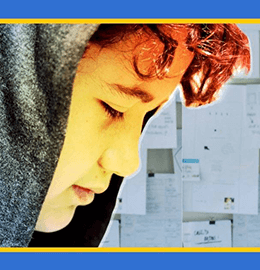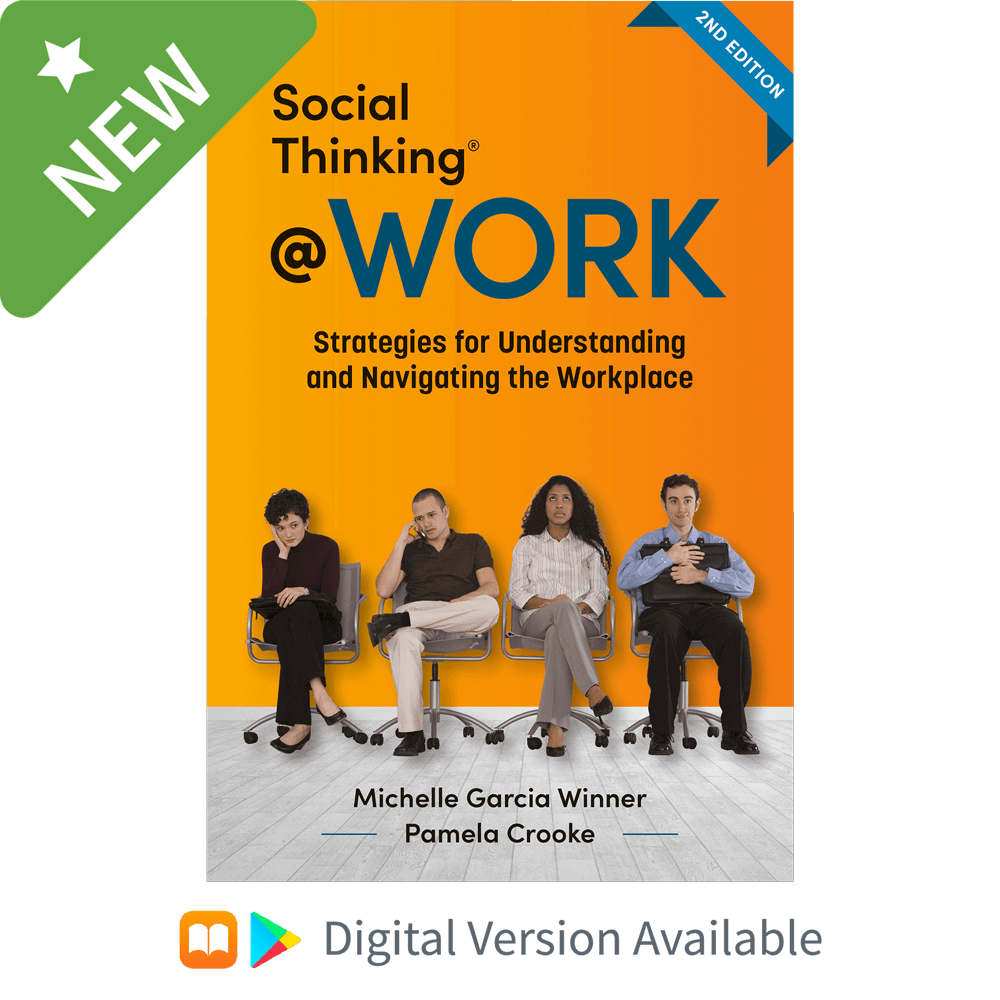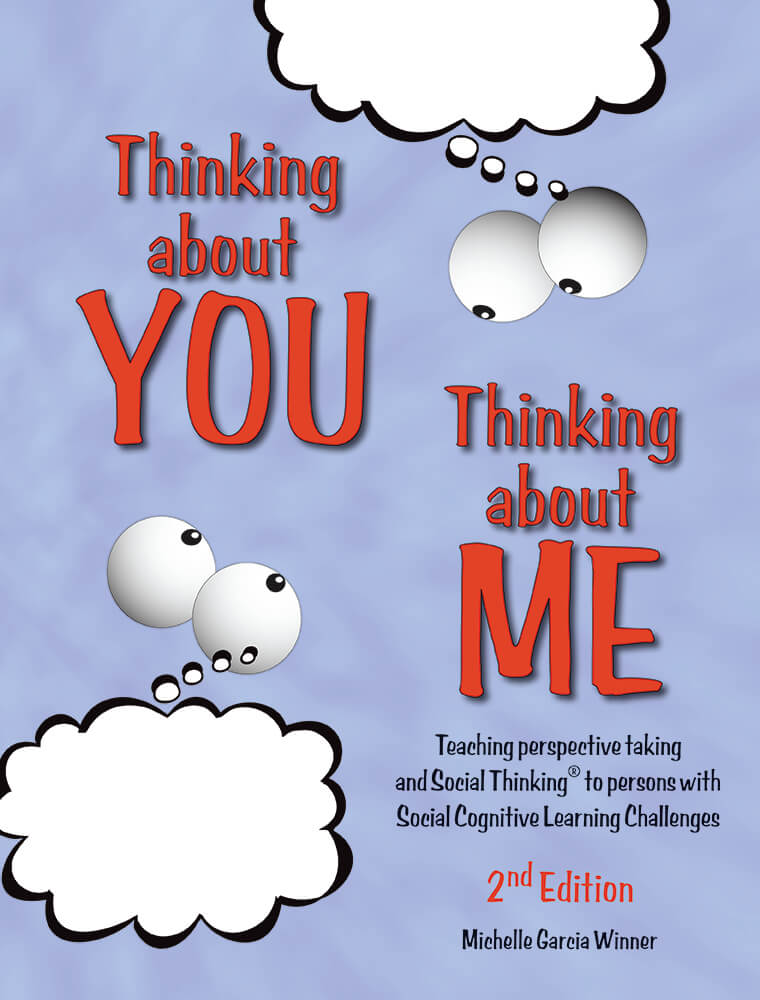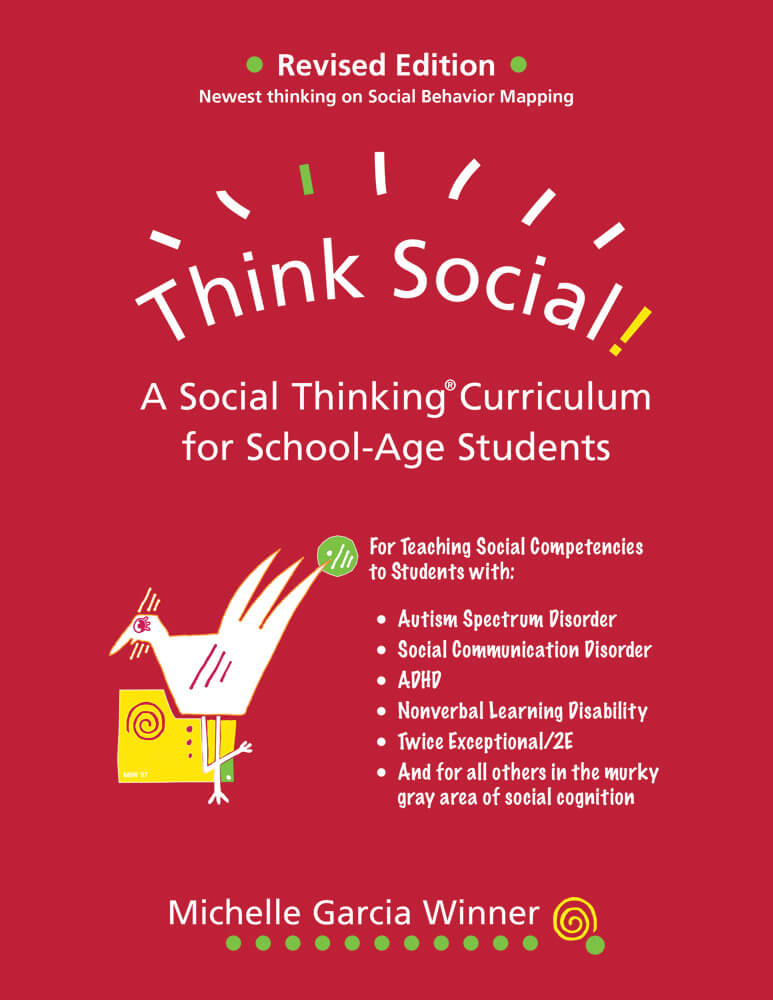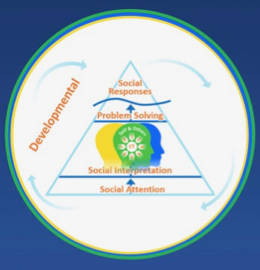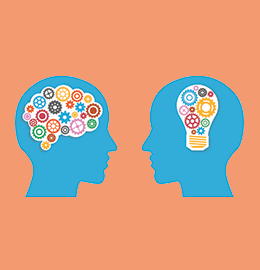Full article published in The ASHA Leader, September 2016, Vol. 21, 50-56. doi:10.1044/leader.FTR2.21092016.50
Words create mental imagery. They form the perspectives we hold and the impressions we impart to others. Words can be like a pebble dropped into a pond: They set into motion a series of events that can affect others in far-reaching ways.
Consider this case study.
At 14, Caleb was diagnosed with autism spectrum disorder (ASD). Why the late diagnosis? On the surface, Caleb appeared to be a typical studious kid: quiet, well-mannered and pleasant to talk to. But the reality is that Caleb had no friends, rarely spoke in class and ate by himself every day. He struggled to understand what his peers meant by what they did or said and routinely “zoned out” during class lectures. His parents finally decided something needed to give when Caleb’s teachers expressed concern about his crying during class—in middle school. As Caleb entered high school the crying disappeared, but it was soon replaced by resistance.
During our initial session Caleb presented with a big smile (how he exhibited anxiety) and agreed to work with us to figure out how to tolerate all the “jerks” at school. To Caleb, everyone was a jerk. Before long, we learned he expressed no interest in making friends, had virtually no awareness of the school’s social culture, could not take others’ perspectives, was more literal than testing suggested, expressed rigidity and a one-sided point of view, was very fussy and demanding at home, and had weak organizational skills.
Most school-based speech-language pathologists know students like Caleb who do not stand out in any obvious way as socially awkward or overly literal. Their peers and teachers often describe them using words such as loner, distracted, disorganized, uncaring, or even rude and annoying. They may have a medical diagnosis of ASD, attention deficit hyperactivity disorder or another neurological issue—or they may not. They may fall within the diagnostic category of social communication disorder, nonverbal learning disability or emotional disability—or they may not.
In fact, there are many students just like Caleb who might not qualify for services until much older or may never meet eligibility for an IEP or 504 given their academic and testing strengths. But these are the very students who are at great risk for social, emotional and academic problems.
These students are not tearing up rooms or having tantrums in P.E. They are, however, using humor in the wrong time and place, blurting, resisting help, being taken advantage of by their peers, existing alone every day, or simply flying under the radar until mental health issues creep up, often in high school or post-graduation. They are students who have deep struggles with social competencies and social-emotional learning, but may manifest it in less obvious or conventional ways when compared with those with more obvious problems socializing.
The full article is located on The ASHA Leader website.









